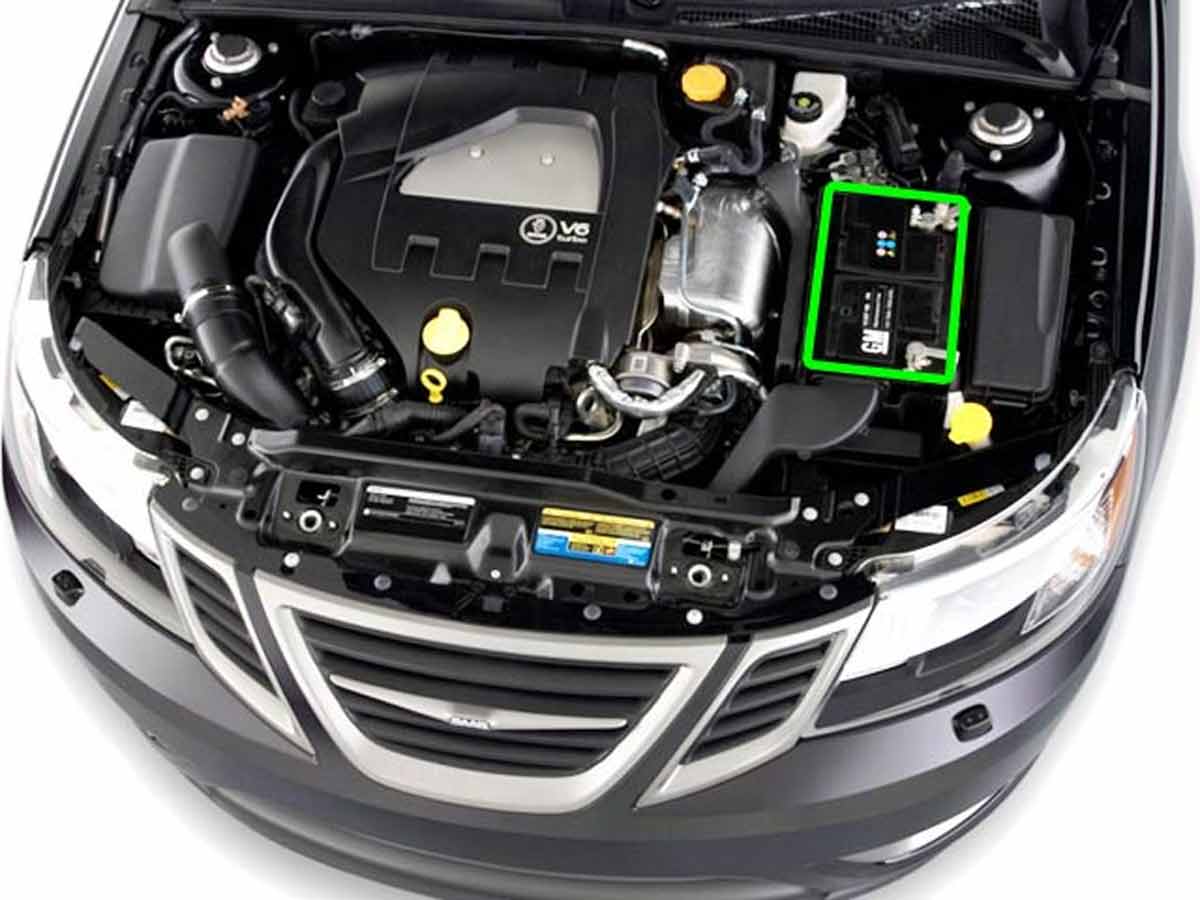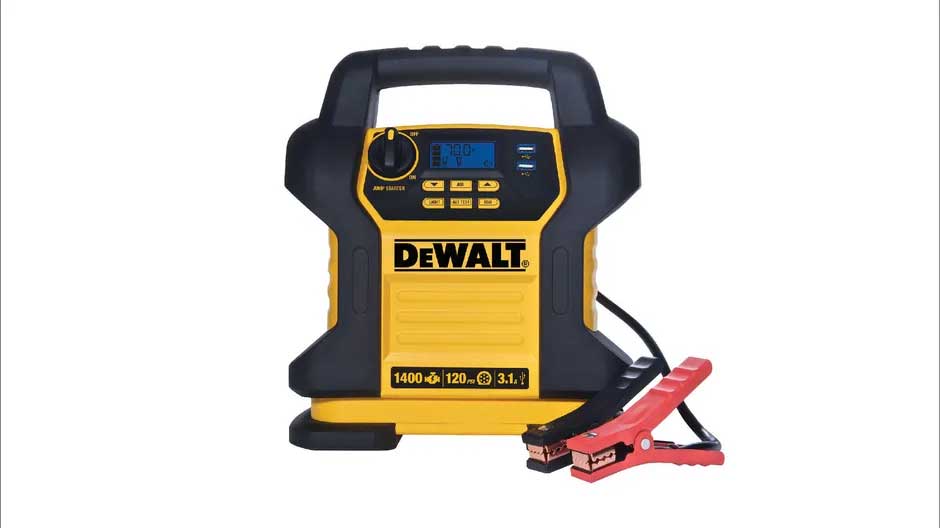A portable battery jump starter is a device that can save you time, money, and the trouble of relying on a tow truck or a helpful passerby with jumper cables when your car’s battery dies. They are easy to use, don’t take up much space, and are generally affordable. In this article, we will take a closer look at what a portable battery jump starter is, how it works, and what you should consider before buying one.
Table of Contents
How does a portable battery jump starter work?
A portable battery jump starter, also known as a jump pack or jump box, is a device that can jump-start a car with a dead battery. These devices are essentially portable batteries with the capability of producing a high current. The portable battery jump starter has a positive and a negative terminal, similar to a car battery.
You attach the positive terminal to the positive terminal on your car battery, and the negative terminal to a ground on the engine block, usually a bolt or bracket that’s connected to the chassis of the car.

Once the portable battery jump starter is connected to your car battery, it provides a burst of energy that is sufficient to start the engine. The device does not recharge your car’s battery; it only provides the necessary power to turn the engine over.
Most portable battery jump starters come with a built-in battery charger that can be used to recharge the device when its battery runs low.
What to consider before buying a portable battery jump starter
Before buying a portable battery jump starter, there are a few things you should consider:
- Compatibility: Check that the jump starter you are considering is compatible with your car’s battery. You can do this by comparing the specifications of the jump starter with those in your car’s owner’s manual.
- Capacity: The capacity of the jump starter’s battery is measured in milliamp-hours (mAh) and indicates the maximum electrical charge it can hold. The higher the capacity, the more energy the device can provide to your car’s battery.
- Current: The current output of the jump starter is measured in amps and indicates the maximum amount of electrical current that the device can provide. The higher the current, the faster your car’s battery will charge.
- Voltage: The voltage output of the jump starter should match the voltage of your car’s battery. Most car batteries are 12 volts, but some larger vehicles, like buses and trucks, may have 24-volt batteries.
- Size and weight: Consider the size and weight of the jump starter, especially if you plan to carry it with you in your car. Larger jump starters are usually more powerful but can be heavier and bulkier.
- Ease of use: Choose a jump starter that is easy to use and has clear instructions. Some jump starters may have additional features, like a flashlight or USB charging ports, which can be useful in certain situations.

How to use a portable battery jump starter
Using a portable battery jump starter is relatively straightforward. Here’s how to do it:
- Turn off your car and make sure that all lights and accessories are switched off.
- Connect the positive cable from the jump starter to the positive terminal on your car’s battery.
- Connect the negative cable from the jump starter to a ground on the engine block. Make sure that the ground is clean and free of rust or corrosion.
- Turn on the jump starter and wait for a few minutes to allow it to charge your car’s battery.
- Turn the key in the ignition to start the engine. If the engine doesn’t start, wait a few more minutes and try again.
- Once your car is running, disconnect the cables in the reverse order that you connected them.
- Recharge the jump starter using the supplied charger.
Conclusion
A portable battery jump starter is an essential tool for anyone who wants to avoid the hassle of a dead battery. A portable battery jump starter is a reliable and convenient device that can save you time, money, and the frustration of waiting for a tow truck or finding a “good Samaritan” to jump-start your car with jumper cables. These devices are easy to use, and they come in a compact size that makes them easy to store in your car trunk or glove compartment.
It is important to maintain the device by recharging it regularly to ensure it is ready for use in case of an emergency. Most devices can be charged using a conventional wall outlet, and the charging time depends on the device’s battery capacity. By following the manufacturer’s instructions and taking proper safety precautions, you can safely and conveniently jump-start your car’s battery and get back on the road in no time.











